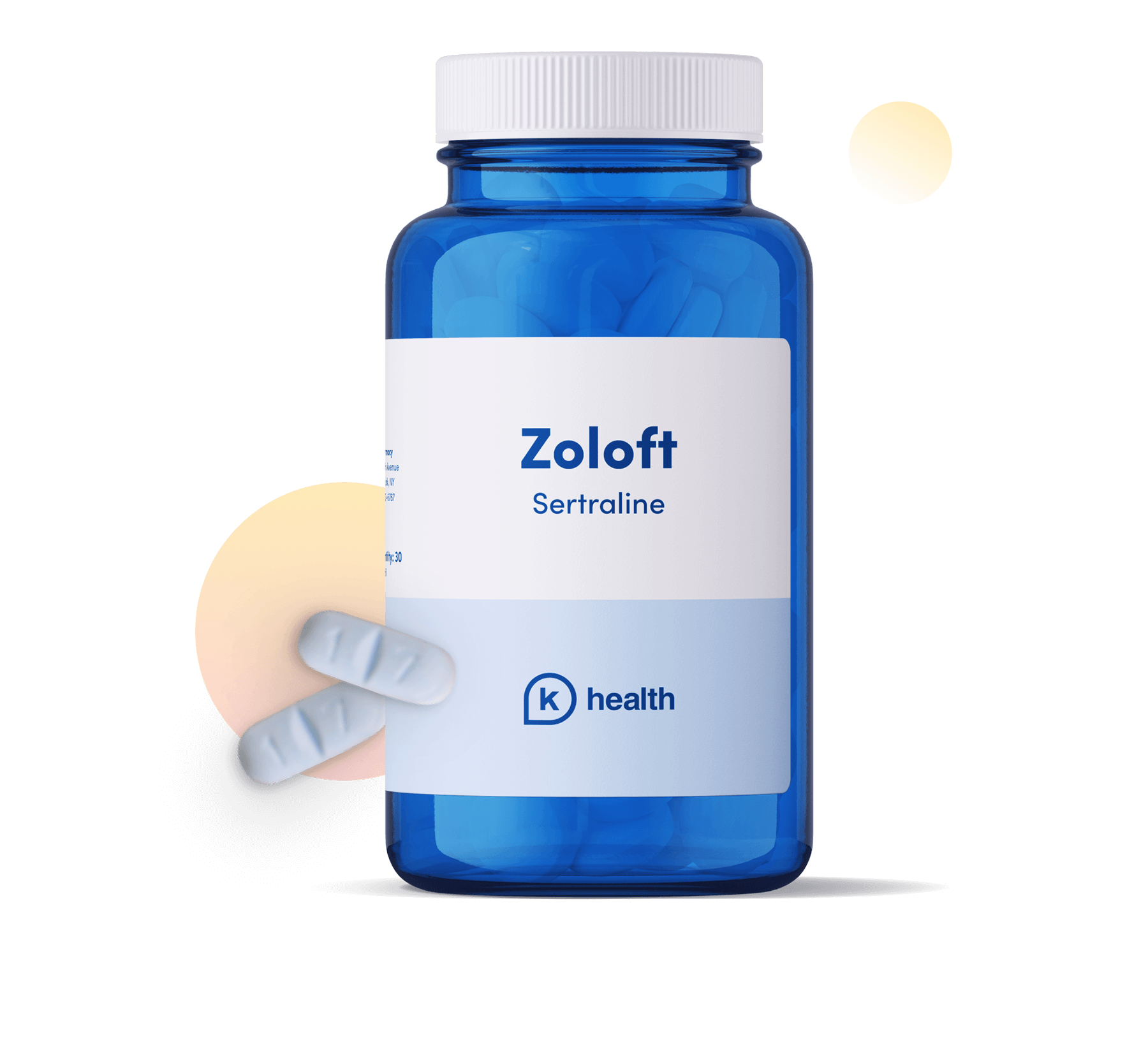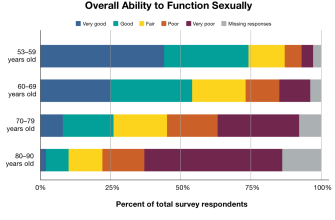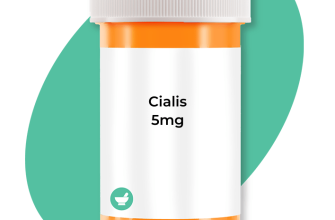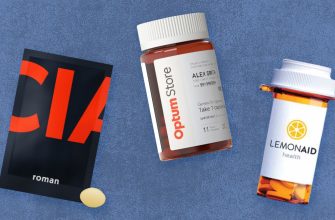Need information on Zoloft prescriptions in the US? Start by understanding that Zoloft, or sertraline, requires a doctor’s prescription. Finding a qualified healthcare professional is your first step. Many online resources can assist with locating doctors specializing in mental health within your area.
Insurance coverage varies widely. Contact your insurance provider directly to determine your specific coverage for Zoloft and related mental health services. Understanding your copay and deductible before starting treatment avoids unexpected financial burdens. Explore options like patient assistance programs if cost remains a significant barrier.
Remember: Zoloft’s efficacy varies among individuals. While it effectively treats depression and anxiety for many, individual responses differ. Open communication with your doctor ensures adjustments to dosage or alternative treatment options are considered if needed. Be proactive in your healthcare.
Side effects are common with any medication. Common Zoloft side effects include nausea, insomnia, and drowsiness. Your doctor can discuss strategies for managing these, and promptly report any concerning symptoms. A comprehensive understanding of potential side effects allows for better preparedness and improved management of treatment.
- Zoloft in the USA: A Comprehensive Guide
- Understanding Zoloft’s Prescription and Dosage in the US
- Starting Zoloft
- Dosage Adjustments
- Maximum Dosage
- Important Considerations
- Zoloft and Other Medications
- Discontinuing Zoloft
- Seeking Help
- Common Side Effects and Potential Interactions of Zoloft
- Common Side Effects: A Closer Look
- Potential Drug Interactions
- Cost and Insurance Coverage for Zoloft in the United States
- Finding a Doctor and Getting a Zoloft Prescription in the USA
- Alternative Treatments and When to Consider Zoloft
- Lifestyle Changes
- When to Consider Zoloft
- Other Medications
Zoloft in the USA: A Comprehensive Guide
Consult your doctor before starting or stopping Zoloft. They can assess your individual needs and potential risks.
Zoloft, or sertraline, is an FDA-approved selective serotonin reuptake inhibitor (SSRI) antidepressant. It treats depression, obsessive-compulsive disorder (OCD), panic disorder, post-traumatic stress disorder (PTSD), premenstrual dysphoric disorder (PMDD), and social anxiety disorder.
Dosage varies depending on your condition and response to treatment. Your doctor will determine the appropriate starting dose, typically ranging from 25mg to 200mg daily. Adjustments are made based on your progress.
Common side effects include nausea, insomnia, drowsiness, and sexual dysfunction. These are often temporary and lessen over time. Report any concerning side effects to your doctor immediately.
Potential interactions exist with other medications. Provide your doctor with a complete list of all your medications, including over-the-counter drugs and supplements, to avoid potential complications.
Zoloft is generally safe, but it’s not suitable for everyone. Individuals with certain conditions, like a history of seizures or certain liver or kidney problems, might require careful monitoring or alternative treatments.
Withdrawal symptoms can occur if you abruptly stop taking Zoloft. Your doctor will provide guidance on gradually reducing your dosage to minimize these effects. Follow their instructions carefully.
Finding a therapist to complement medication can significantly enhance your treatment outcome. Therapy can provide coping mechanisms and address underlying issues contributing to your condition.
The cost of Zoloft varies based on insurance coverage and pharmacy. Generic sertraline is often more affordable than the brand-name version. Explore options like manufacturer coupons or patient assistance programs to lower costs.
Remember, this guide offers general information; it is not a substitute for professional medical advice. Always discuss your treatment plan with a healthcare provider.
Understanding Zoloft’s Prescription and Dosage in the US
Always consult your doctor or psychiatrist before starting or changing Zoloft (sertraline) dosage. They will personalize your treatment plan based on your individual needs and health history. Self-treating can be dangerous.
Starting Zoloft
Typical starting doses range from 25mg to 50mg daily. Your doctor might recommend a lower initial dose to minimize potential side effects. Gradual increases allow your body to adjust.
Dosage Adjustments
Your doctor will monitor your progress and adjust your dose accordingly. This might involve increasing the dosage gradually to achieve optimal results, or it might involve reducing the dosage to manage side effects. Regular check-ups are crucial.
Maximum Dosage
The maximum daily dose of Zoloft generally does not exceed 200mg. However, exceeding this is possible in certain circumstances under strict medical supervision.
Important Considerations
Several factors influence Zoloft dosage, including age, weight, other medications, and the severity of your condition. Interactions with other drugs are also significant. Always inform your doctor of all medications you are taking.
Zoloft and Other Medications
| Medication Type | Potential Interaction |
|---|---|
| MAO Inhibitors | Requires a washout period before starting Zoloft. |
| Warfarin | May increase bleeding risk. |
| Other antidepressants | Dosage adjustments may be needed. |
This table provides a small selection; discuss all your medications with your doctor before starting Zoloft.
Discontinuing Zoloft
Stopping Zoloft abruptly can cause withdrawal symptoms. Your doctor will help you gradually reduce your dose to minimize these effects. This tapering process is essential to avoid discomfort.
Seeking Help
If you experience persistent or concerning side effects, or if your condition worsens, contact your healthcare provider immediately. Don’t hesitate to seek professional support.
Common Side Effects and Potential Interactions of Zoloft
Zoloft, or sertraline, like all medications, can cause side effects. Common ones include nausea, drowsiness, insomnia, and decreased libido. These usually lessen over time, but inform your doctor if they persist or worsen.
Common Side Effects: A Closer Look
Nausea often improves with smaller, more frequent meals. Drowsiness may require adjustments to your daily schedule. Insomnia can be managed through good sleep hygiene practices, including consistent sleep and wake times. If decreased libido significantly impacts your life, discuss alternative treatment options with your physician. Other possible side effects, though less frequent, include dizziness, dry mouth, constipation, and headaches. Always report any concerning symptoms.
Potential Drug Interactions
Serotonin Syndrome is a rare but serious risk when combining Zoloft with other serotonergic drugs (such as St. John’s Wort or certain pain relievers). Symptoms include agitation, confusion, rapid heart rate, and fever. Avoid combining Zoloft with these medications unless specifically advised by your doctor. Certain medications can affect Zoloft’s effectiveness or increase the risk of side effects. These include anticoagulants (blood thinners), some antidepressants, and certain antifungal medications. Always provide a complete list of all your medications and supplements to your healthcare provider to avoid potential interactions. Your pharmacist is also a valuable resource for medication interaction information.
Cost and Insurance Coverage for Zoloft in the United States
Expect to pay between $50 and $200 per month for a 30-day supply of Zoloft, depending on dosage and pharmacy. Generic sertraline, the active ingredient in Zoloft, is significantly cheaper, often costing under $20 monthly with a prescription.
Your out-of-pocket cost hinges heavily on your insurance plan. Most insurance plans, including Medicare Part D and Medicaid, cover Zoloft. However, your copay and deductible will vary greatly based on your specific policy. Check your plan’s formulary to see Zoloft’s tier and associated costs. A higher tier generally means higher out-of-pocket expenses.
Manufacturer coupons and patient assistance programs can help reduce costs. Explore the Zoloft manufacturer’s website and other reputable pharmaceutical assistance sites for available programs. Eligibility requirements exist, so careful review is necessary.
Consider using a prescription discount card or comparing prices across different pharmacies to minimize expenses. Many pharmacy chains offer online price-checking tools.
Always discuss affordability with your doctor or pharmacist. They can offer advice on managing medication costs and accessing available resources.
Finding a Doctor and Getting a Zoloft Prescription in the USA
Start by using your health insurance provider’s online directory to find psychiatrists or primary care physicians in your area who accept your insurance. Many offer telehealth appointments.
Alternatively, you can use online search engines, specifying “psychiatrist near me” or “primary care physician accepting new patients,” filtering by insurance acceptance.
- Websites like Zocdoc and Healthgrades provide doctor profiles, reviews, and appointment scheduling.
- Check individual doctor websites; many list accepted insurance plans and contact information.
Once you’ve found potential doctors, schedule a consultation. During this appointment, honestly describe your symptoms and medical history. Be prepared to answer questions about your mental health, family history, and current medications.
- The doctor will conduct a thorough evaluation, possibly including a mental health assessment.
- If Zoloft is deemed appropriate, they will discuss the potential benefits and risks, including side effects.
- They will determine the correct dosage and explain how to take the medication.
- They will schedule follow-up appointments to monitor your progress and adjust the dosage as needed.
Remember, obtaining a prescription requires a professional medical evaluation. Self-medicating is dangerous and should be avoided. Maintain open communication with your doctor about your treatment. Report any concerns or side effects immediately.
For individuals without insurance or facing financial barriers, several resources can help locate affordable or free mental healthcare services. Contact your local health department or search online for community mental health centers.
Alternative Treatments and When to Consider Zoloft
Explore therapy options like Cognitive Behavioral Therapy (CBT) and mindfulness-based stress reduction. These methods teach coping skills and promote self-awareness, often complementing medication. Consider these alternatives if you prefer a non-pharmaceutical approach or experience mild to moderate symptoms.
Lifestyle Changes
Regular exercise, a balanced diet, and sufficient sleep significantly impact mood. Aim for at least 30 minutes of moderate-intensity exercise most days, prioritize whole foods, and strive for 7-9 hours of quality sleep. These changes can alleviate symptoms or reduce the need for higher Zoloft dosages.
When to Consider Zoloft
Zoloft may be appropriate if lifestyle changes and therapy prove insufficient for managing significant depression or anxiety symptoms. Severe symptoms, suicidal thoughts, or significant impairment in daily functioning warrant professional evaluation and may necessitate medication like Zoloft. Your doctor can help determine the best course of action based on your specific situation.
Other Medications
In some cases, your doctor might suggest other antidepressants or a combination of medications. This decision is highly individualized and depends on factors like your medical history and response to treatment. Open communication with your healthcare provider is critical.








